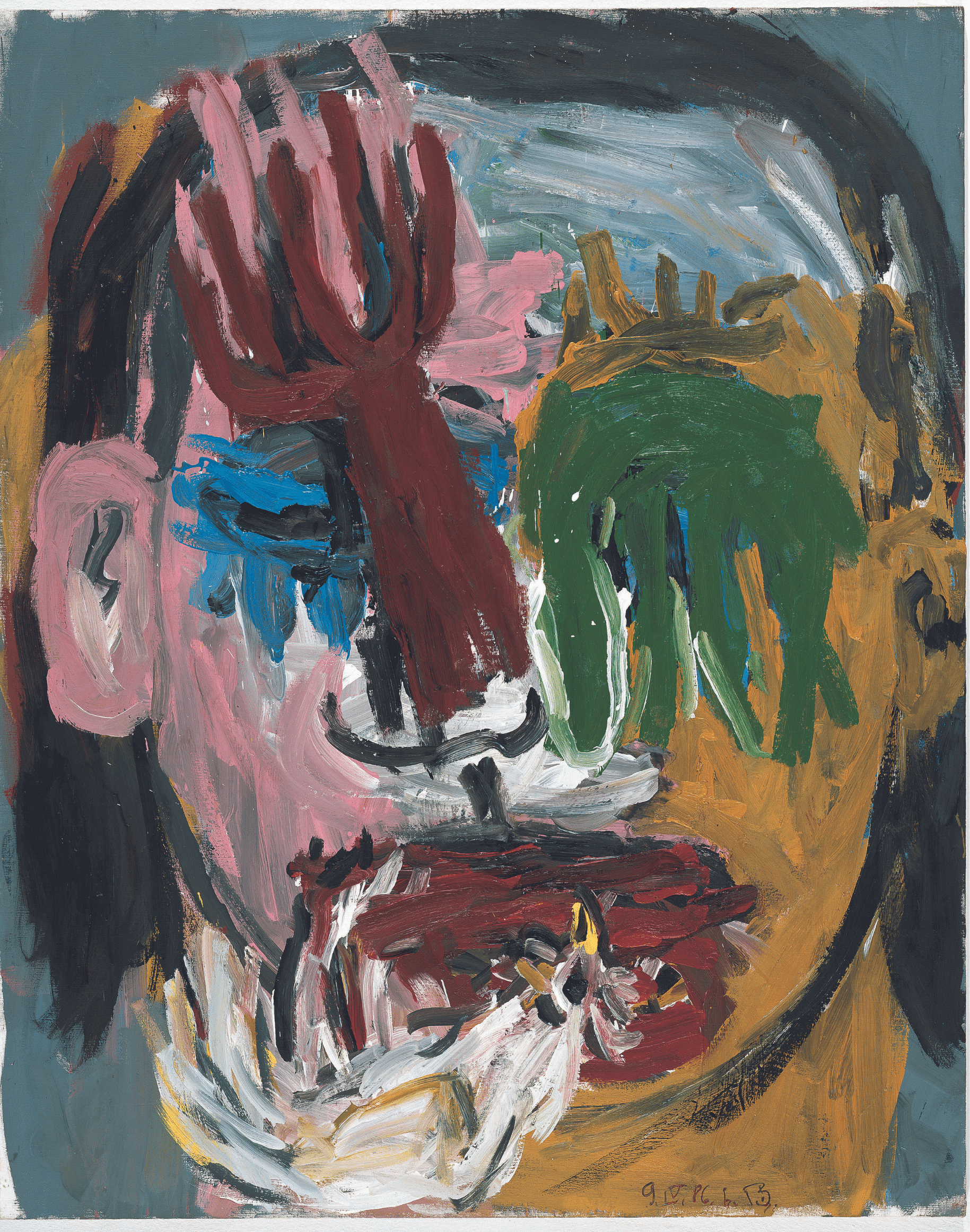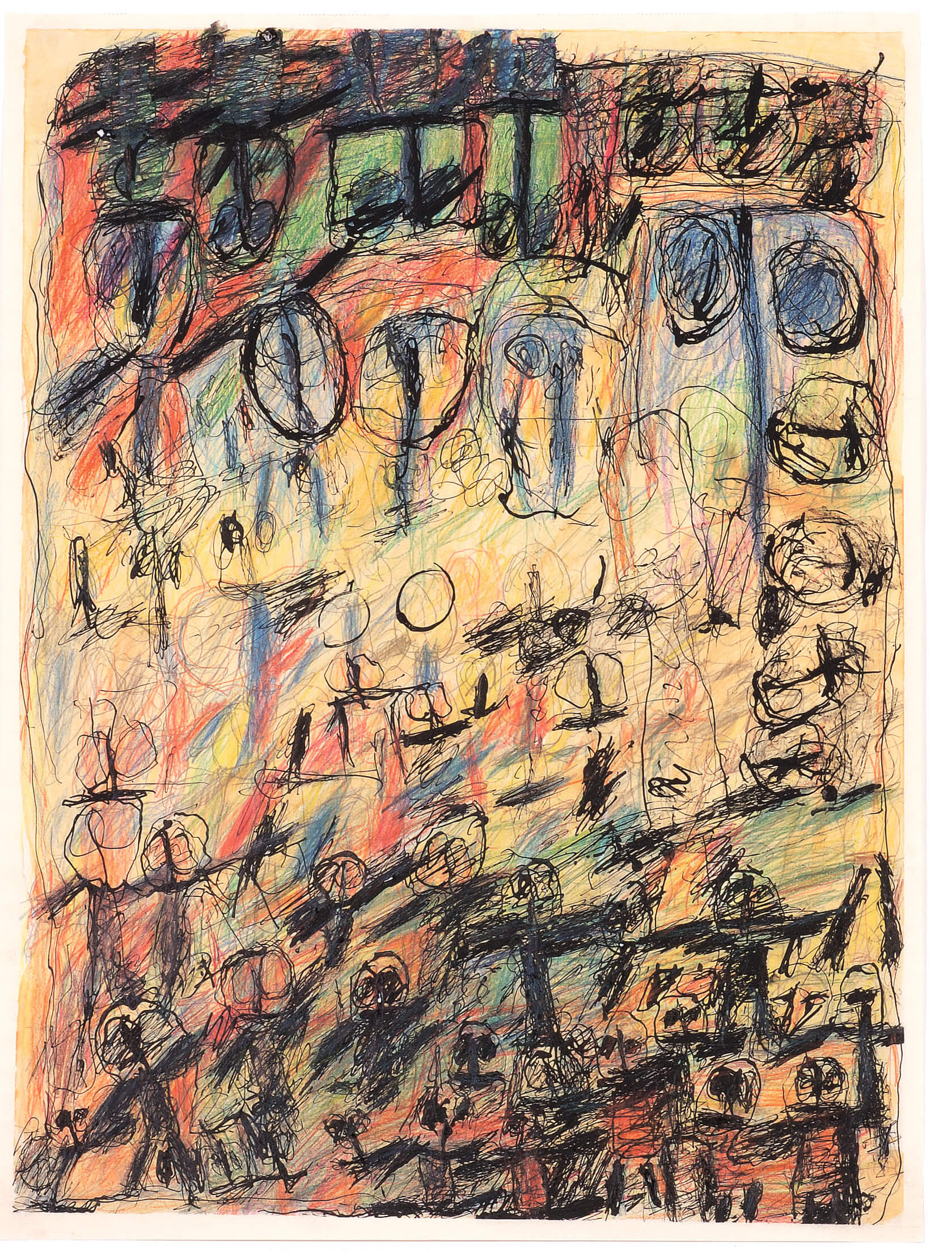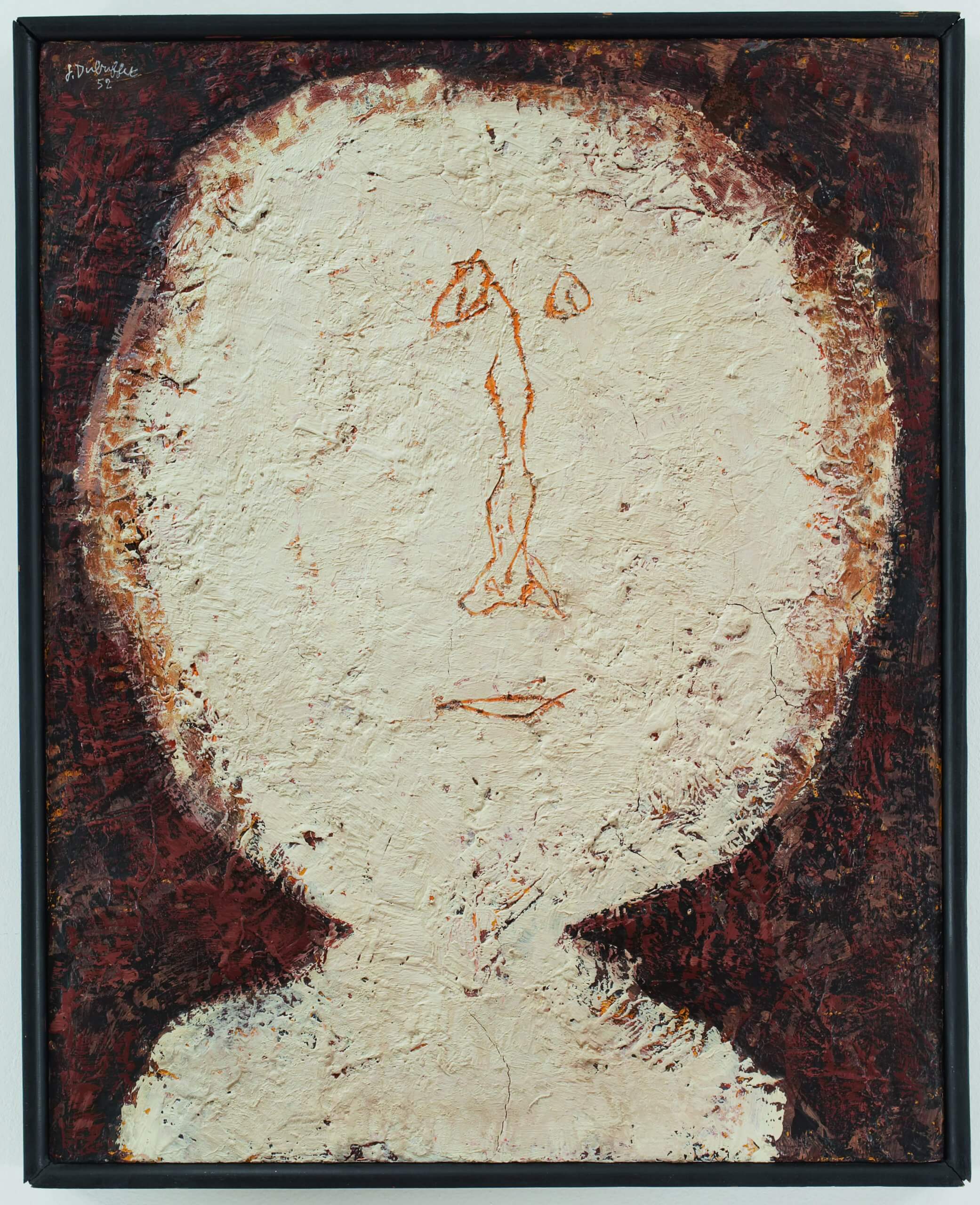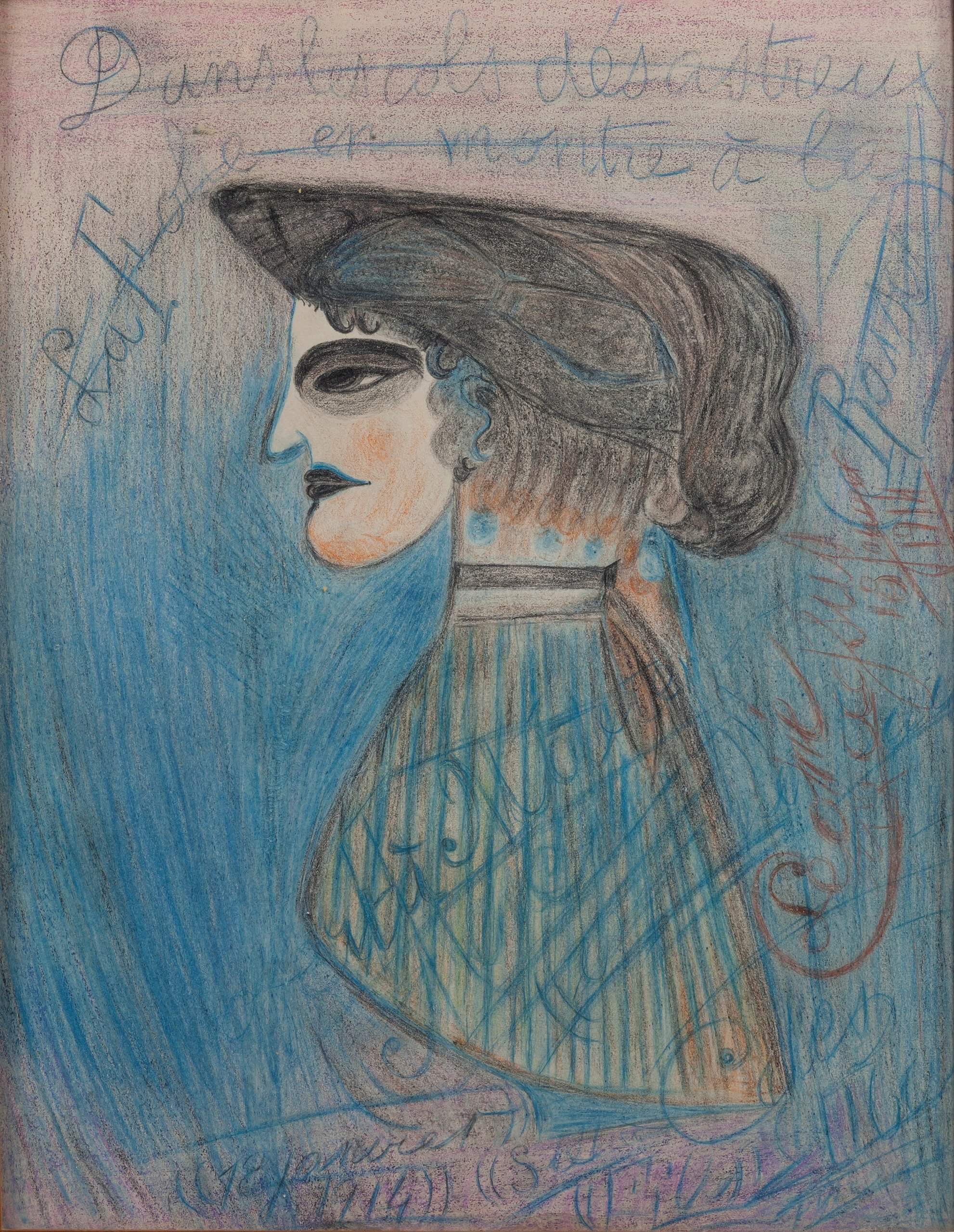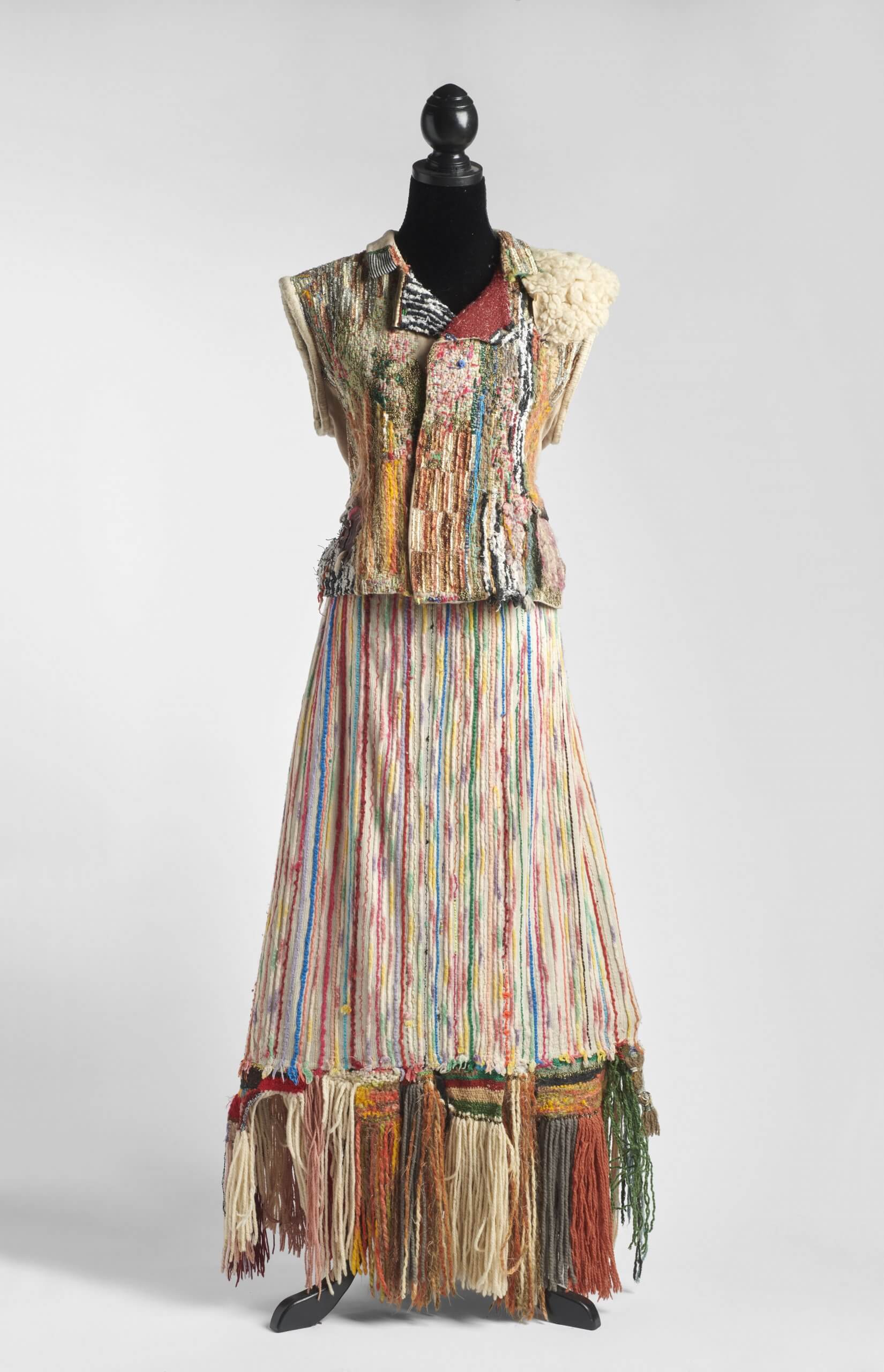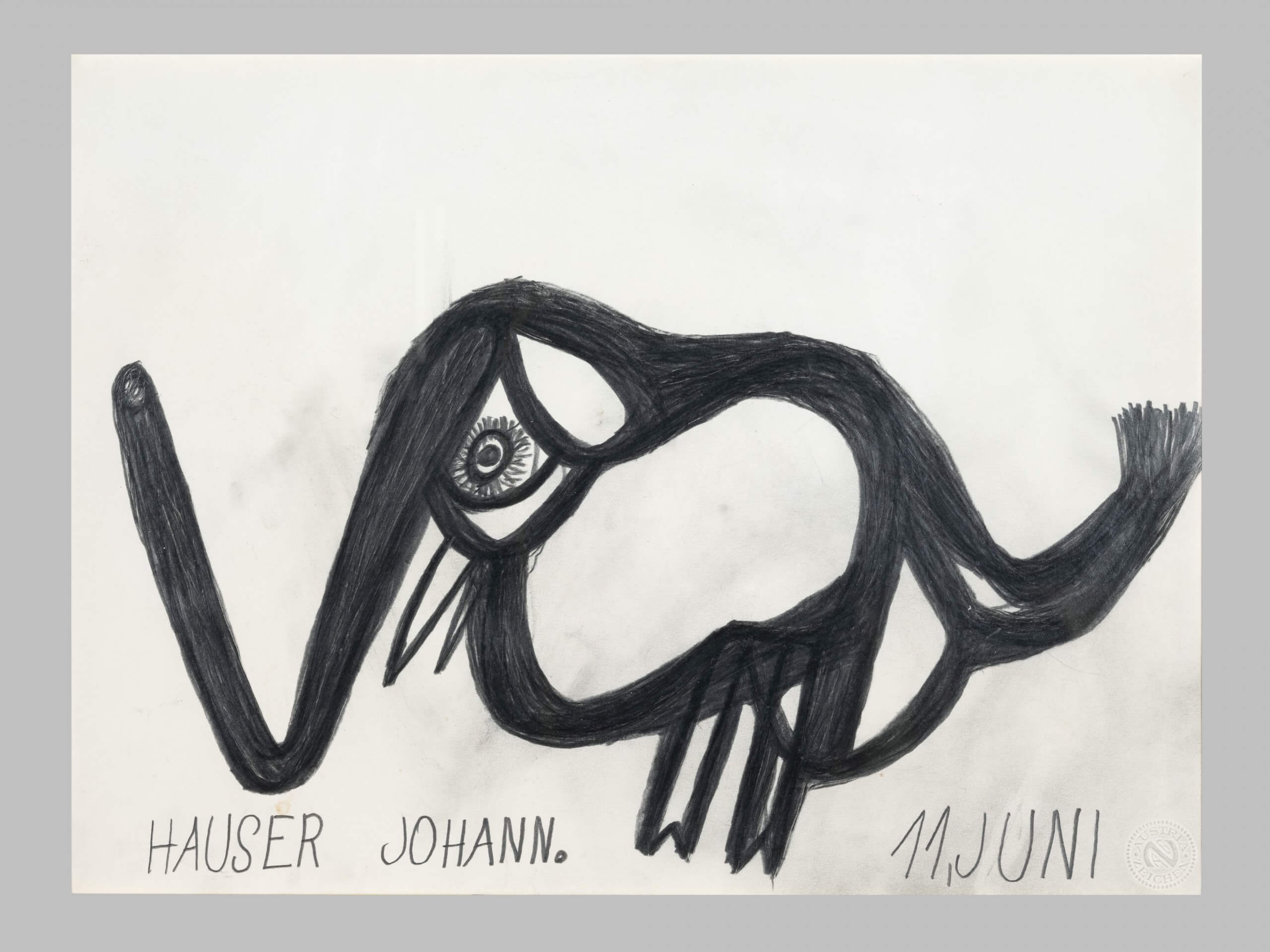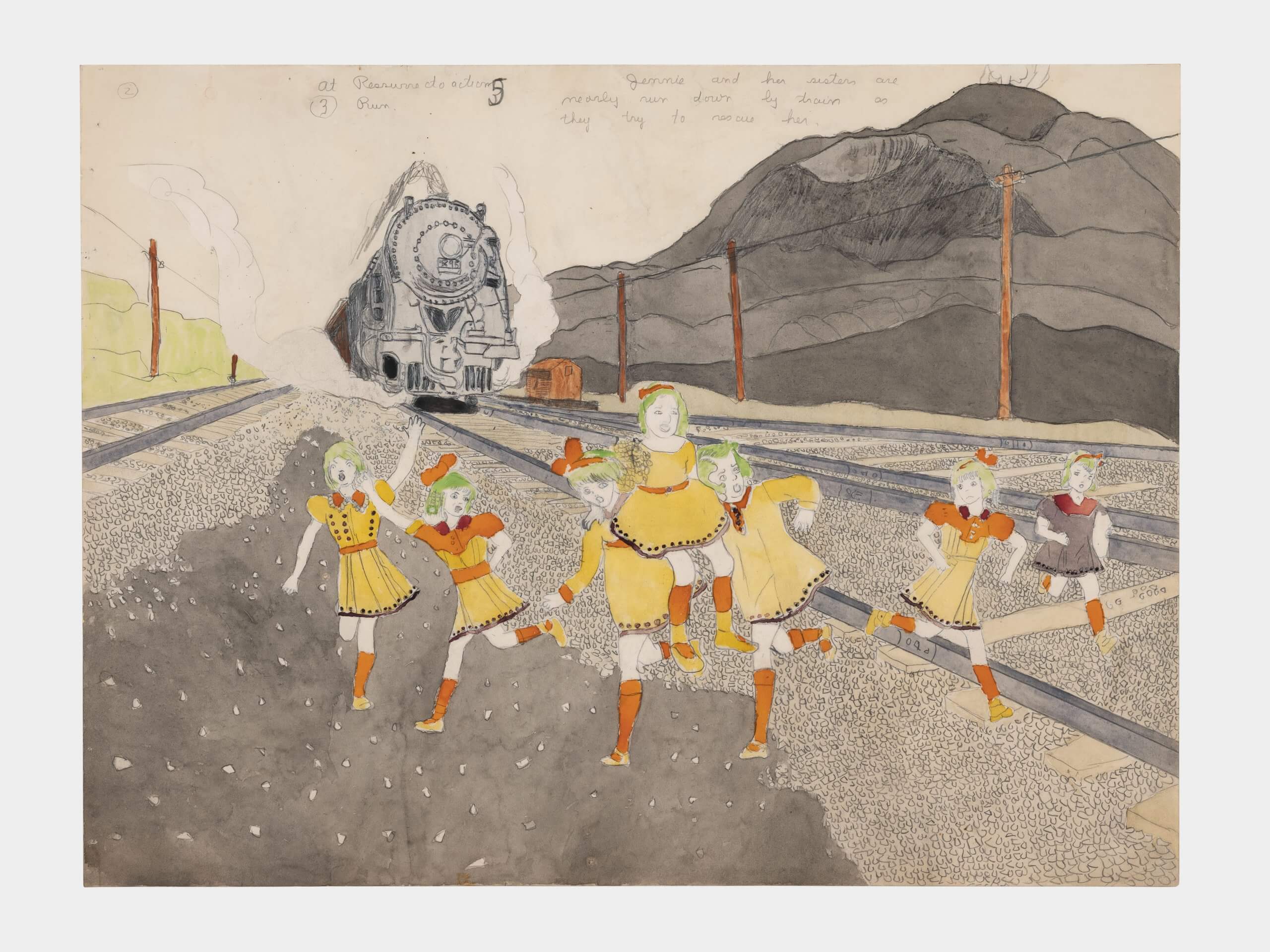Art brut. A singular dialogue with the Würth Collection
With the exhibition Art brut. A singular dialogue with the Würth Collection, the Musée Würth invites visitors to take an unusual path, that of an art form first collected in psychiatric institutions, then discovered by self-taught artists, often on the bangs of society.
The exhibition covers a wide period, from the beginning of the 20th century to the present day, around fifty “raw” artists, also known as non-professionals. Such an individualized artistic expression germinates most of the time on the ground of the social, emotional or economic isolation, the authors having never constituted of themselves a movement or a group. Driven by a powerful inner need, in an asyllic and precarious context, these practices of drawing, painting or assembling turn out to be, like self-care, real existential acts of creation and singular testimonies of life.
If from the beginning of the XXth century, these works are noticed and collected in the psychiatric institutions by informed doctors, they have then, in the 1920s, interested and attracted the surrealists, then were recovered, at the dawn of the Second World War, by the Nazi ideology to feed the propaganda around the “degenerate art”. It is only in 1945 that the artist Jean Dubuffet theorizes the concept of “Art brut”, to question the very definition of art after a devastating world conflict. Since then, other designations have been imagined and discussed: singular art, art outside the norms, Outsider Art or popular art.
If these self-taught artists have fascinated doctors and collectors, they have also captivated many artists of the modern and contemporary periods, seduced by a creative process that would be free of any cultural heritage, any constraining training and any desire for artistic recognition.
The Musée Würth illustrates this influence in the exhibition by intersecting over 20 works from the Würth Collection – from Max Ernst to Arnulf Rainer, from Asger Jorn to Georg Baselitz – with more than 130 works of Art brut, from private collections or from the Würth collection, and offers not only the unique opportunity to discover a hidden and intimate world that undeniably resonates within each of us, but also to celebrate the inclusion of otherness in all its forms.
WÜRTH COLLECTION
Georg Baselitz
Ira, 1986
Huile sur toile,
162 x 130 cm
Sammlung Würth, inv. 11389
© Georg Baselitz 2022
Photo : Jochen Littkemann, Berlin
Gisela Doermer
Anna, Tante Hanne, Wera, u. a., 1999
Crayons de couleur et encre de Chine sur papier,
55,5 x 41,5 cm
Collection Würth, inv. 5336
Photo : Peter Falk, Schwäbisch Hall
Jean Dubuffet
La dame blanche, 1952
Huile sur bois
75 x 60 cm
Sammlung Würth, inv. 10667
© ADAGP, Paris 2022
Photo : Archiv Würth
Private collections
Anonyme (Léonie)
Dans les cols désastreux la folie en montre à la raison, 18.01.1914
Pastel, crayons de couleurs et fusain sur papier 63 x 49 cm
Collection privée, courtoisie galerie J.-P. Ritsch-Fisch, Strasbourg Photo : Thierry Ollivier
Dunya Hirschter
Sans titre, 1990-2008
Coton, laine, peau de mouton et perles brodées sur gilet en coton et fils de laine brodés et assemblés sur jupe en laine
58 x 53 cm (gilet) et 99 x 61 cm (jupe)
Collection privée, courtoisie galerie J.-P. Ritsch-Fisch, Strasbourg
Photo : Thierry Ollivier
Johann Hauser
L’oiseau éléphant, sans date
Mine de plomb sur papier
67 x 59 cm
Collection Graffe
© Privatstiftung-Künstler aus Gugging
Photo : Frédéric Dehaen

